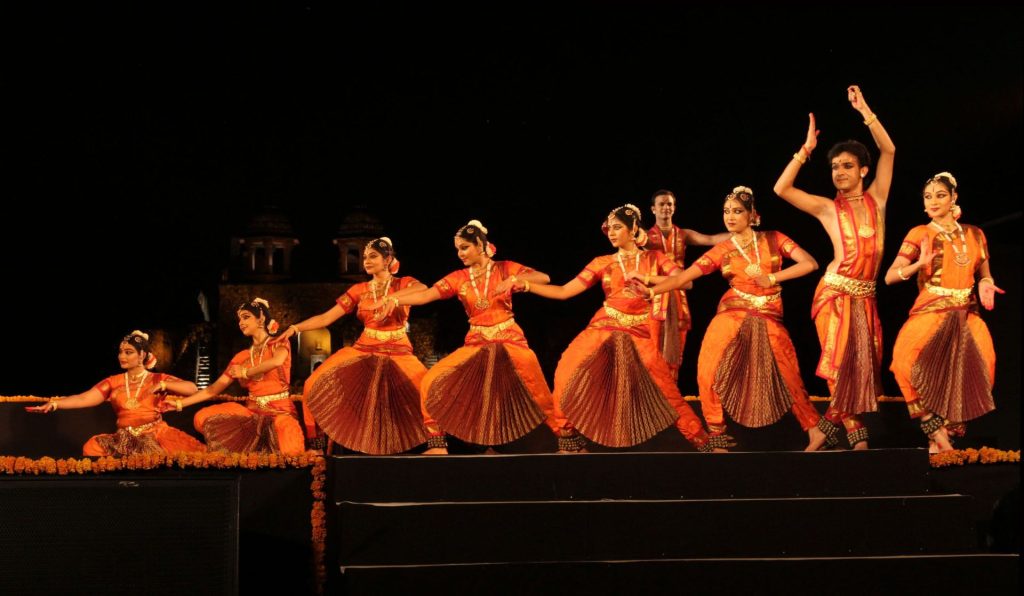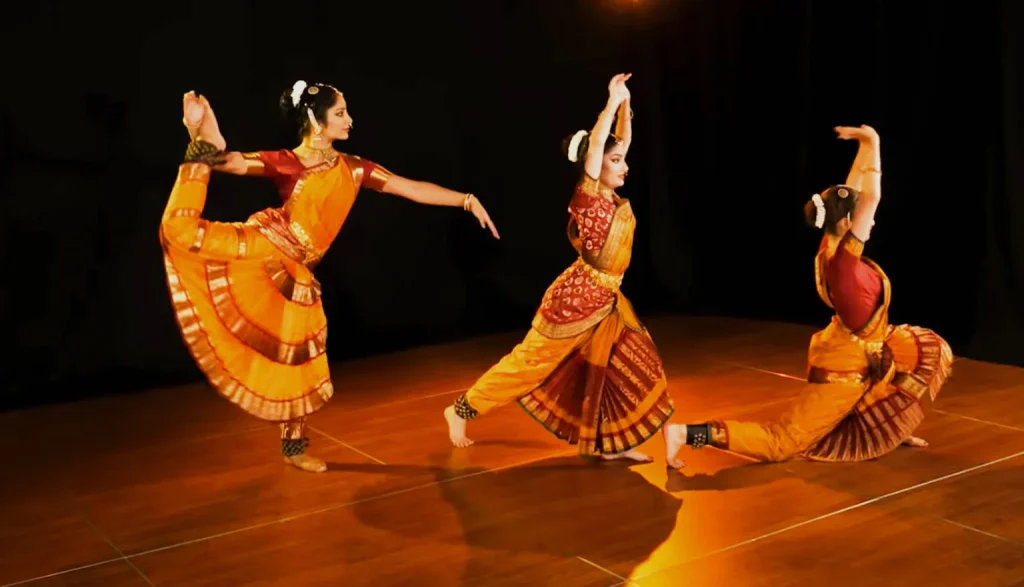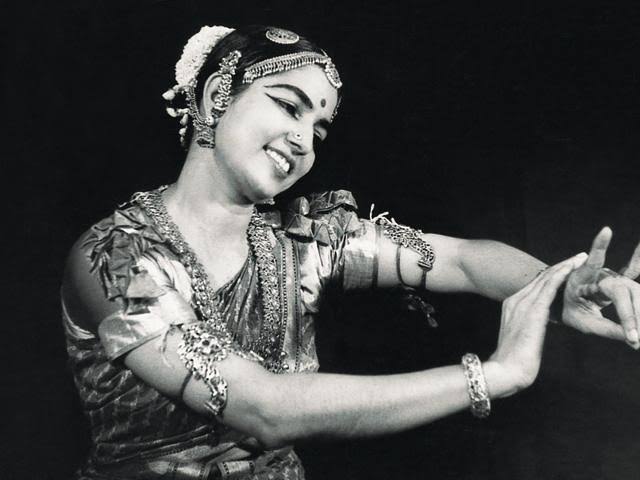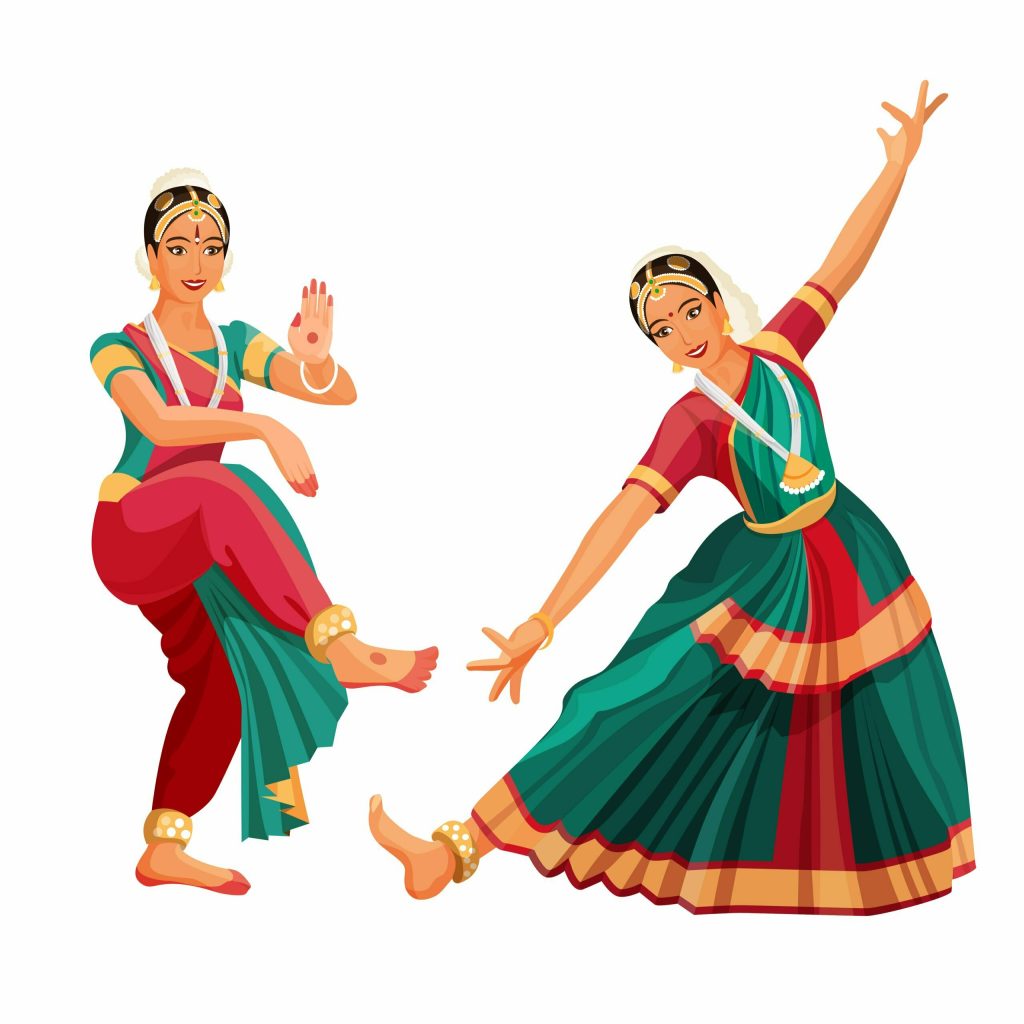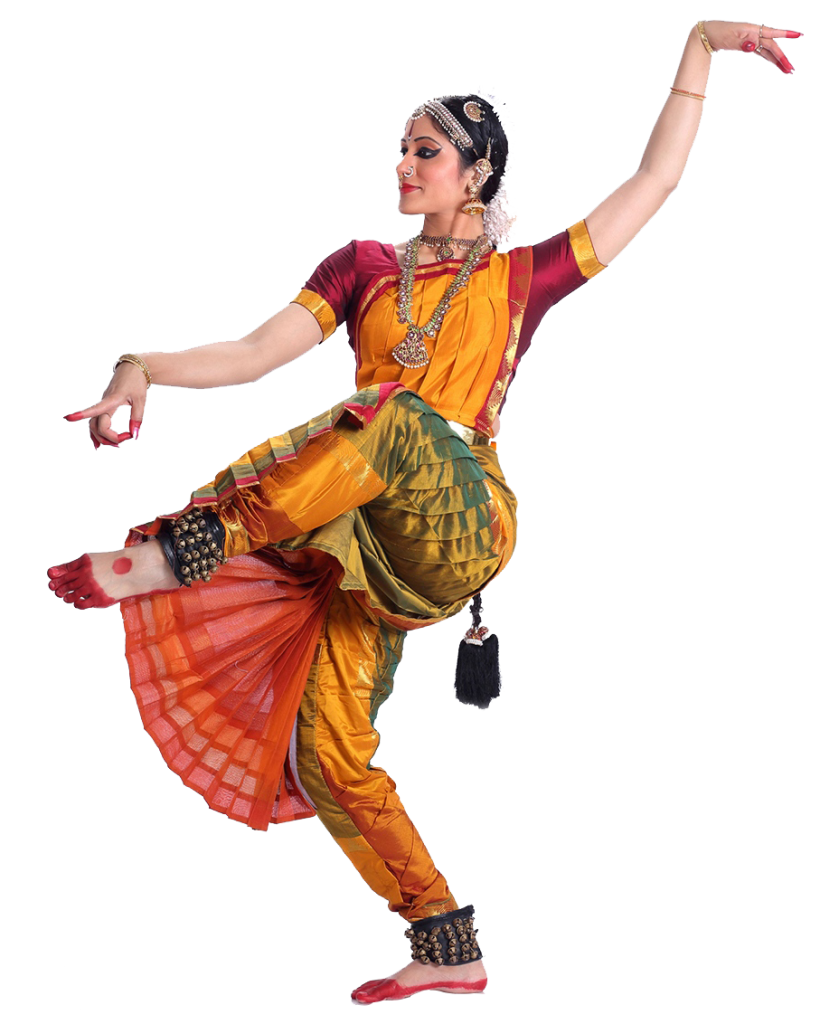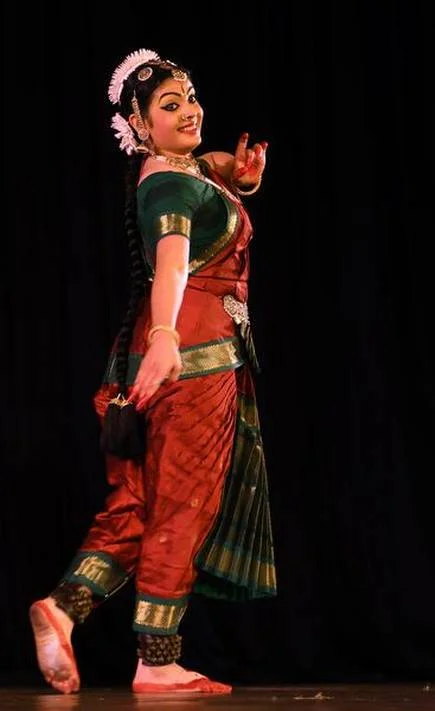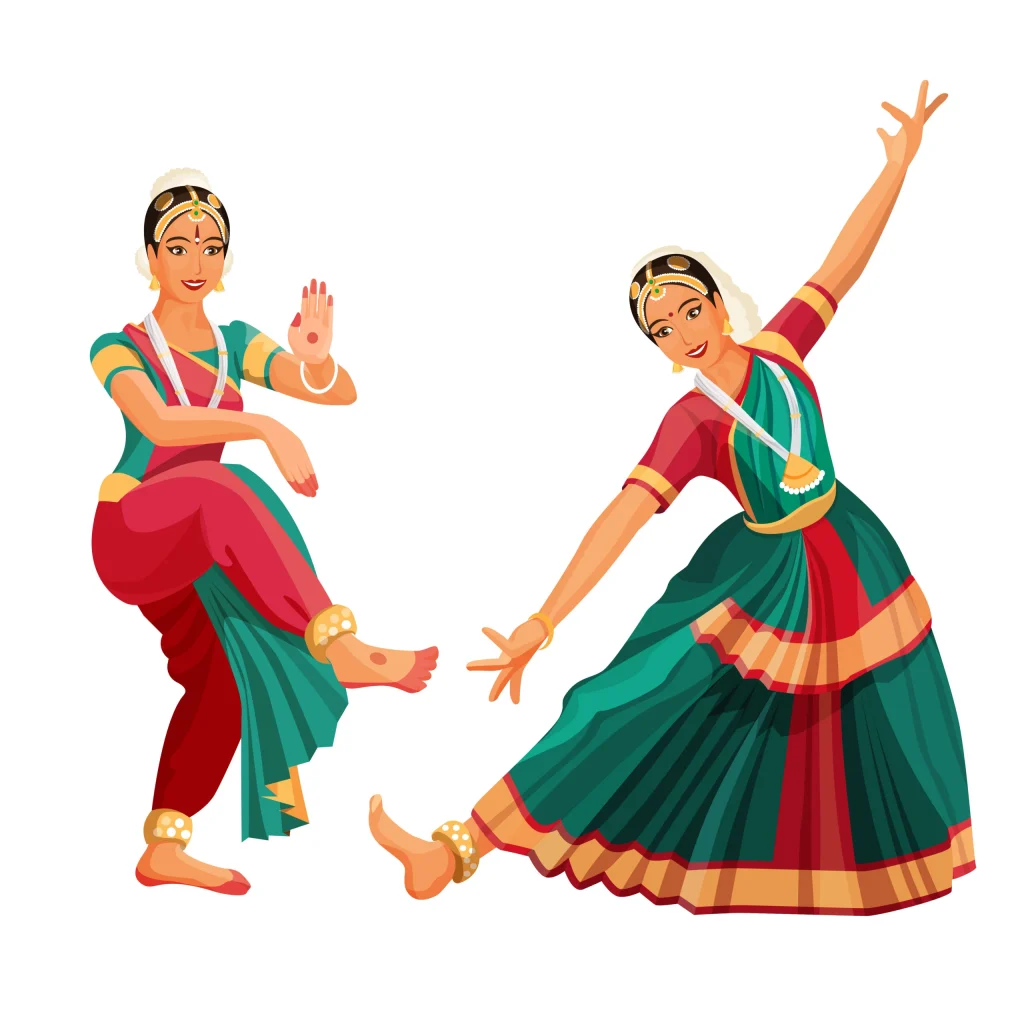
The very essential step in the learning of the Bharatanatyam dance form includes the learning of the various Bharatanatyam postures. Without postures, this dance form holds no meaning. Attaining and learning the right Bharatanatyam posture is a matter of giving time perseverance and just practice and is extremely helpful in adding finesse to the dance form.
Before we jump into learning these dance postures, here is a quick background of Bharatanatyam Indian dance. Bharatanatyam is one of the oldest dance forms in India which have been derived from the “Natya Sastra” which has its origin in the southern part of India especially in Tamil Nadu. This dance form involves the performing of various postures or body positions which are done in a combination of various mudras, leg positioning, adavus and forms.
- Learning Bharatanatyam Postures
- Sampadam or Sthanakam – First Bharatanatyam Posture
- Araimandi or Ardhamandala – The Most Important Bharatanatyam Posture
- Muzhumandi- The Sitting Down Bharatanatyam Posture
- Prenkhana Posture in Bharatanatyam
- Swastika Bharatanatyam Posture
- Benefits of learning Bharatanatyam Dance
Learning Bharatanatyam Postures
The learning of the various body positionings and dance postures in Bharatanatyam helps in the whole performance. There are basically three types of dance postures which are actually performed with the other hand, eye movements and expressions and Adavus.
These postures are the Samapadam, Araimandi, and the Muzhu Mandi which forms the basis of the dance form in Bharatanatyam.
The stage-by-stage learning and understanding these Bharatanatyam postures are extremely essential in performing the Bharatanatyam dance. It also takes quite a long time, commitment and practice to learn according to the various ‘tala’.
Sampadam or Sthanakam – First Bharatanatyam Posture
The Samapadam or Swastika represents the simplest form of Bharatanatyam posture. This is also known as the Sthanakam. In this basic posture, the body is kept straight with the knees bending a little and the toes a bit apart from each other to give the posture a balanced look.

Araimandi or Ardhamandala – The Most Important Bharatanatyam Posture
This posture is used most of the times in performing Bharatanatyam. When this posture is performed, it may result in a complete change in the look of the dance. Araimandi which is also known as Ardhamandalam or Ayatham can also be performed by making your body three-fourth and turning the feet sideways to give the body stability.
This posture gives a perfect triangular formation to the body. It emerged in 263AD from the Aayata Mandala as has been mentioned in the Abhinaya Darpan. The instructions which are given to the dancer during the Arai Mandi position which is as follows:
- Not to bring forward the stomach portion
- Avoiding the protrusion of the back
- Not to let the torso move forward.
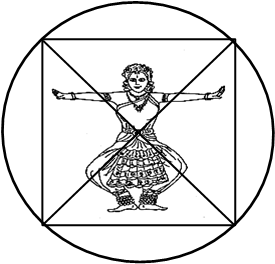
Muzhumandi- The Sitting Down Bharatanatyam Posture
The Muzhumandi position represents the complete sitting position in Bharatanatyam. The feet position is kept the same in the Muzhumandi position as in the Araimandi or the Ardhamandalam position. This joins the heels and keeps the toes apart from each other in this position.
In this posture the thighs are stretched in opposite direction, the heels to be kept in a joined position and the feet are kept apart from each other to provide balance to the body. This is also a very common posture or body formation which is performed in Bharatanatyam.

Prenkhana Posture in Bharatanatyam
The Prenkhana is the posture which is done in an Aramandi or Sthanakam position with one knee bent and toe kept in the opposite direction as is done in Ardhamandalam and the other leg is kept stretched and the feet are kept with the heels touching the ground. This posture is introduced during the learning of the Natta Adavu.
Swastika Bharatanatyam Posture
The Swastika posture is done in an Aramandi or Sthanakam position. In this posture, the performer keeps the right leg on the toes across the left.
Benefits of learning Bharatanatyam Dance
The Bharatanatyam postures help in a great way as it gives a lot of health benefits as well. The proper execution of the postures is aesthetically appealing to the eyes of the audience. There are many other benefits too-
- The proper practise of these postures is a good cardio exercise along with the strengthening of the muscles and the bones of the body.
- It keeps the body fit and develops the self-confidence and patience of the individuals.
- The practising of the Bharatanatyam postures on a regular basis helps individuals to keep the body active and avoid acquiring weight.
- These moves give a good balance to the body of the performers.
- According to various scholars, the practising of the eye movements also helps in working out of the eye muscles.
You should read the following lesson to have a detailed understanding of the Benefits of Learning Bharatanatyam Dance.
